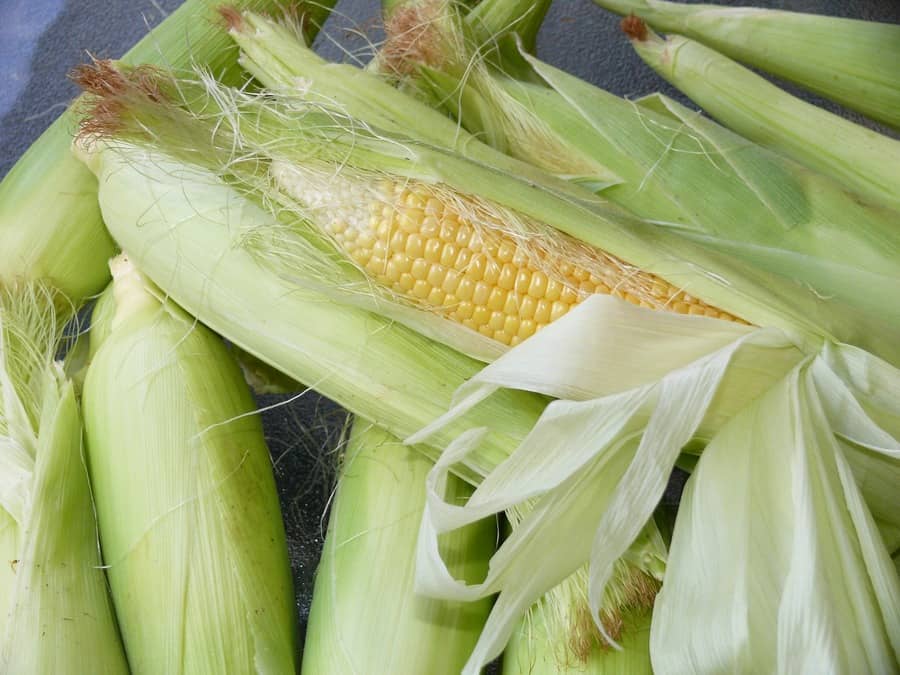Porto Alegre, May 17, 2022 – The USDA report was already expected to be bullish for the international market, so the effect on prices ended up being diluted, and any potential low was eliminated in the short term. However, the extreme cut in Ukrainian exports may have changed the posture of world importers, and this was reflected in more aggressiveness of trading companies in the Brazilian market after the report. Exchange rate and improvement in premiums helped to boost business at Brazilian ports at BRL 100/bag for second-crop shipments. In addition, a strong cold front arrives in second-crop regions and may bring negative indicators for production.
As we have pointed out, the Brazilian second crop will only be defined in thirty days. In our production update for this month of May, we warned about strong production losses in Minas Gerais and the east of Goiás. Rains are rare in these locations, and losses must go on. Besides, in the Midwest of the country, there have been more reports on pest-induced potential losses, which are difficult to be effectively measured at this moment. All of these are situations that continue to affect production potentials, and real average yields will be known at harvest.
Within this period of time, many crops in silking phase, early pod-filling and/or in a situation of grains still with 50/60% of moisture in locations of Paraguay, Mato Grosso do Sul, Paraná, and São Paulo are susceptible to frost losses. We are still closing the first half of May, and in these locations some crops may be out of this risk in far-western Paraná and Paraguay. The point is that weather forecasts showed a trend of a strong cold front arriving at these regions this week, with strong frosts from May 17 to 19. It is difficult to define in advance the intensity and the effect on crops. If the frosts are intense to kill the plants, production will have losses again. If the frosts do not have this intensity, they can affect grain quality and lengthen the crop cycle further, leaving production still susceptible to a second round of frosts predicted for early June.
Thus, the week’s first piece of information sounded worrying for the domestic market, that is, a stronger-than-expected frost able to harm crops in an important growing region. Besides, the dollar remained above BRL 5.10, so improving the exporters’ accounts at ports. The additional fact was the bias of the USDA report, not at all bearish and accelerating the concern about the supply from Ukraine, a fact that left export demand with a more aggressive tone at ports after the release of the report.
Trades were even carried out at the port of Paranaguá at BRL 100 for August/September. Premiums are signaling that the great world demand wants Brazilian corn for shipments from September. The control of the flow of the Brazilian second crop is now in the hands of exporters. Importers know there are risks with Argentina due to the suspension of registrations in the second half, as well as there is still a US crop that does not have the security of being large. The Brazilian second crop, even in case of being smaller, will continue subject to this flow of international demand and the producer’s willingness to sell, so as to hold soybeans, with the intention of international purchase of Brazilian corn, will bring proper rhythm to the formation of internal prices.
For now, even if we have some production losses due to frosts, there would be enough supply in Brazil to meet domestic demand as well as 35 mln tons of exports until January. The biggest issue would again be a position of low stocks for 2023, along with the risk of a decline in the summer area due to high production costs.
Agência SAFRAS Latam
Copyright 2022 – Grupo CMA

